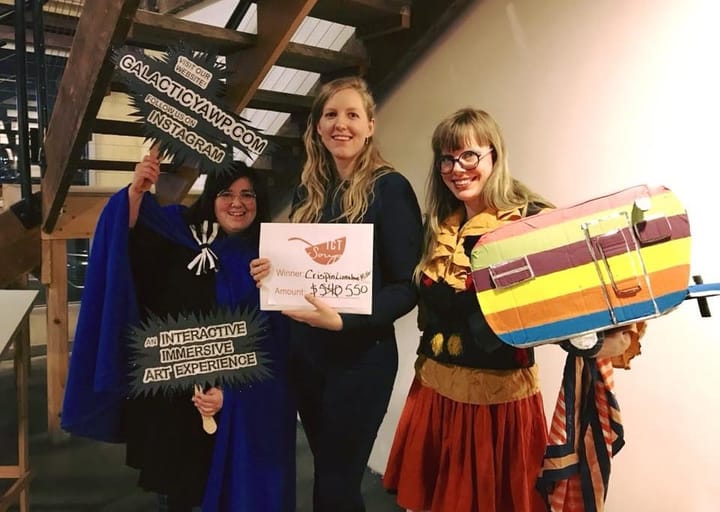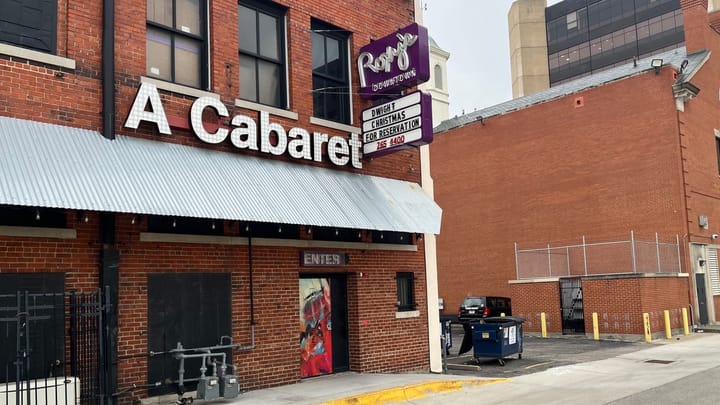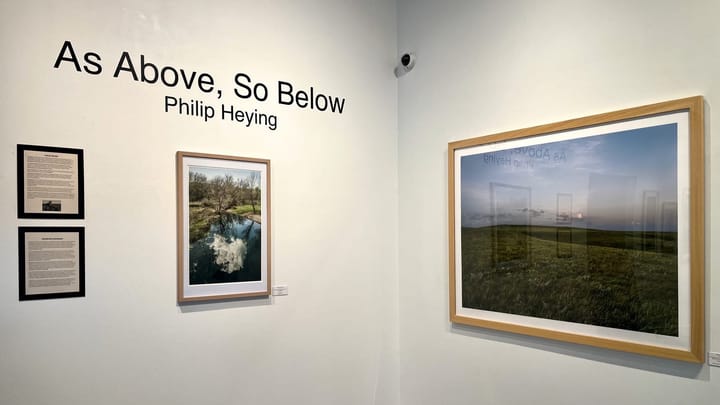With 'West Side Story,' an opera company meets Broadway on its own terms
Wichita Grand Opera's production of the classic musical takes place November 1 & 2 at Century II.
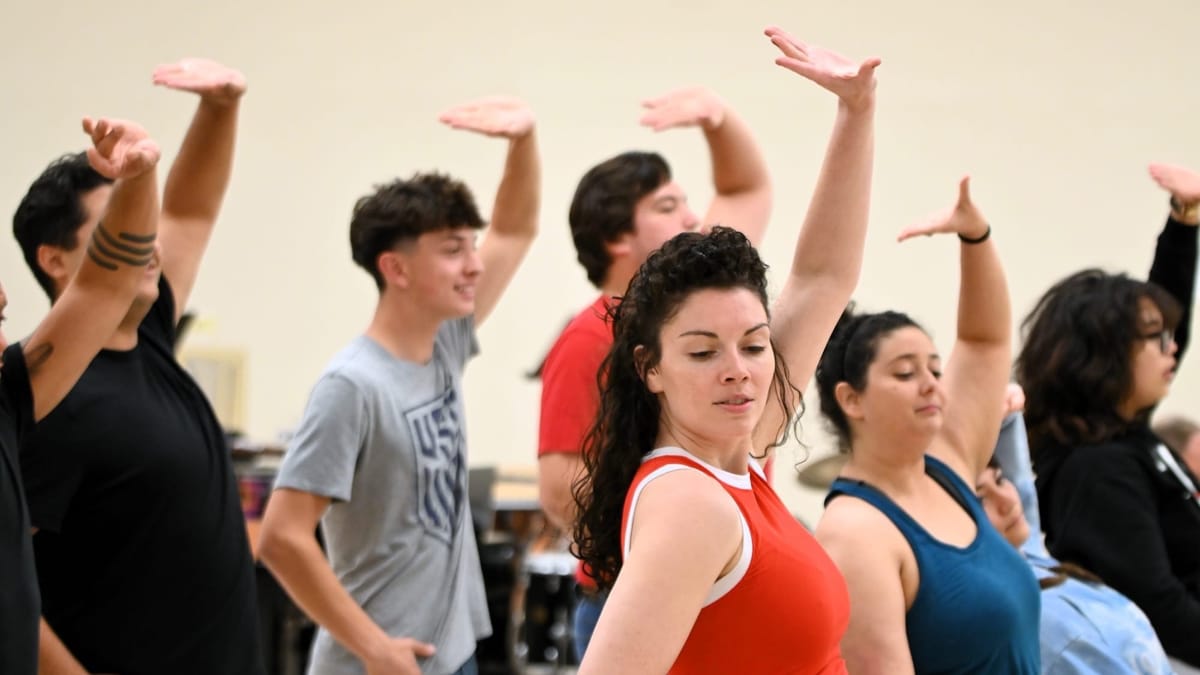
Wichita Grand Opera opens its 2025-26 main-stage season with “West Side Story” this weekend at Century II Concert Hall. The WGO website markets this production as a “concert version,” but based on what I observed during a full run-through on Monday, that description undersells it. WGO is fully staging Leonard Bernstein’s landmark score and fully realizing the work’s challenging collision of music, dance, and theatrical drama.
The distance between musical theater and the “classical” performing arts — ballet, opera, and concert music — has widened over the past century. As LA Opera’s James Conlon points out, when “West Side Story” debuted in 1957, the Metropolitan Opera House was on Broadway, just blocks away from commercial theaters that regularly presented operas and ballets as well as musicals.
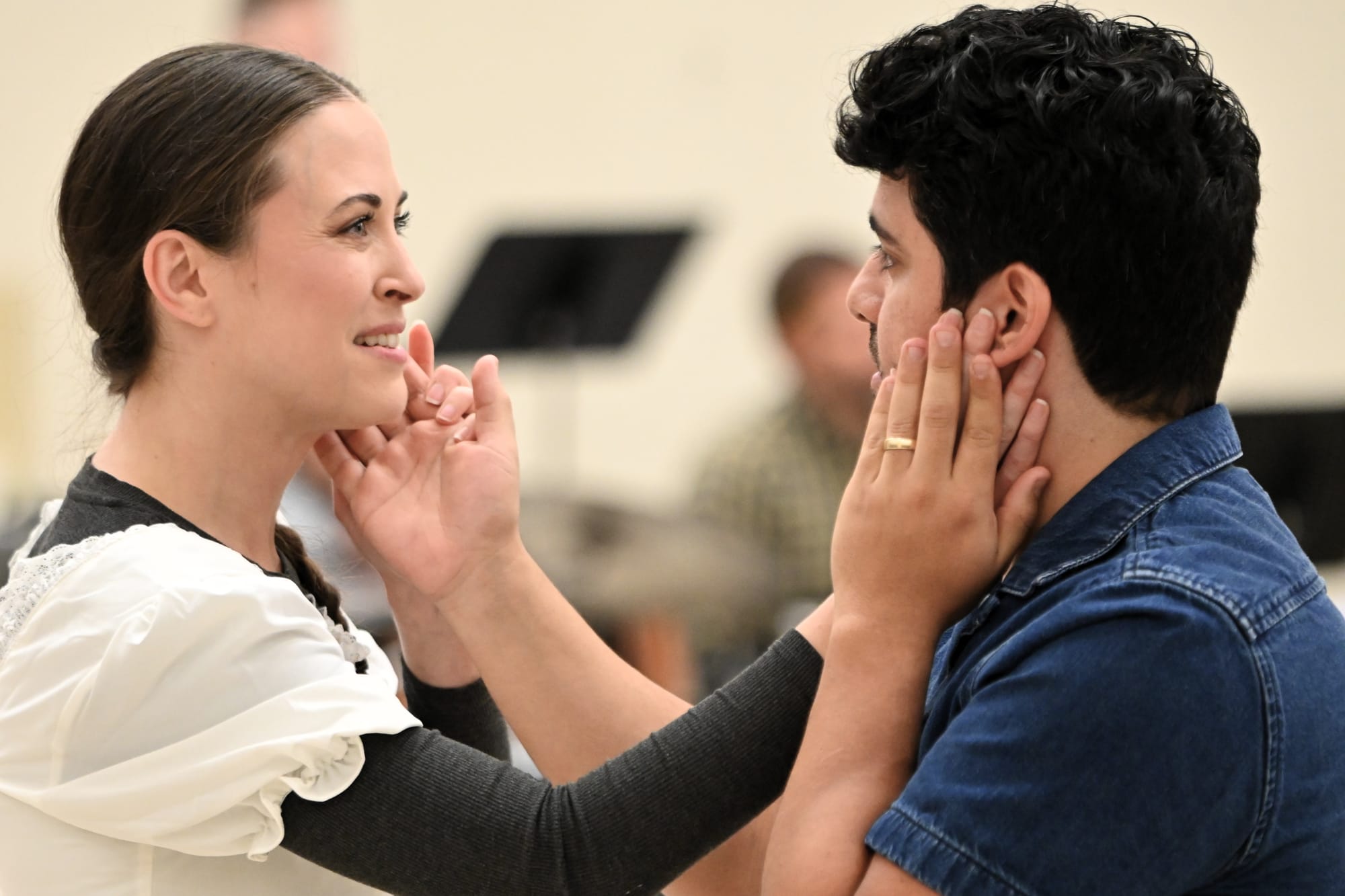
Today, styles and audience preferences have diverged, as have the training systems that feed the respective opera, classical, ballet and musical theater industries. The divergence eclipsed a body of mid-20th-century works that reflected a time when the boundaries between the two genres, both stylistic and professional, were less heavily drawn; works like Marc Blitzstein’s “Regina” and Bernstein’s “Candide;” like Frank Loesser’s “The Most Happy Fella” and Jerome Moross’s “The Golden Apple.”
Our free email newsletter is like having a friend who always knows what's happening
Get the scoop on Wichita’s arts & culture scene: events, news, artist opportunities, and more. Free, weekly & worth your while.
No spam. Unsubscribe anytime.
Music Theatre Wichita distributes an annual survey, asking its audience what musicals they would like to see mounted. I’ve nominated the above shows – especially the latter two – several times, but I know it a quixotic effort. These shows aren’t well-known, they require “legit” or operatic singers who can be difficult to cast, and they contain so much unfamiliar music, of such complexity, that they could be difficult to rehearse and prepare in MTW’s tight timeframes.
They also more or less require large orchestras, at a time when commercial pressures have shrunk the standard Broadway pit band to around 10 musicians and fewer musicals, new or old, are finding financial success.
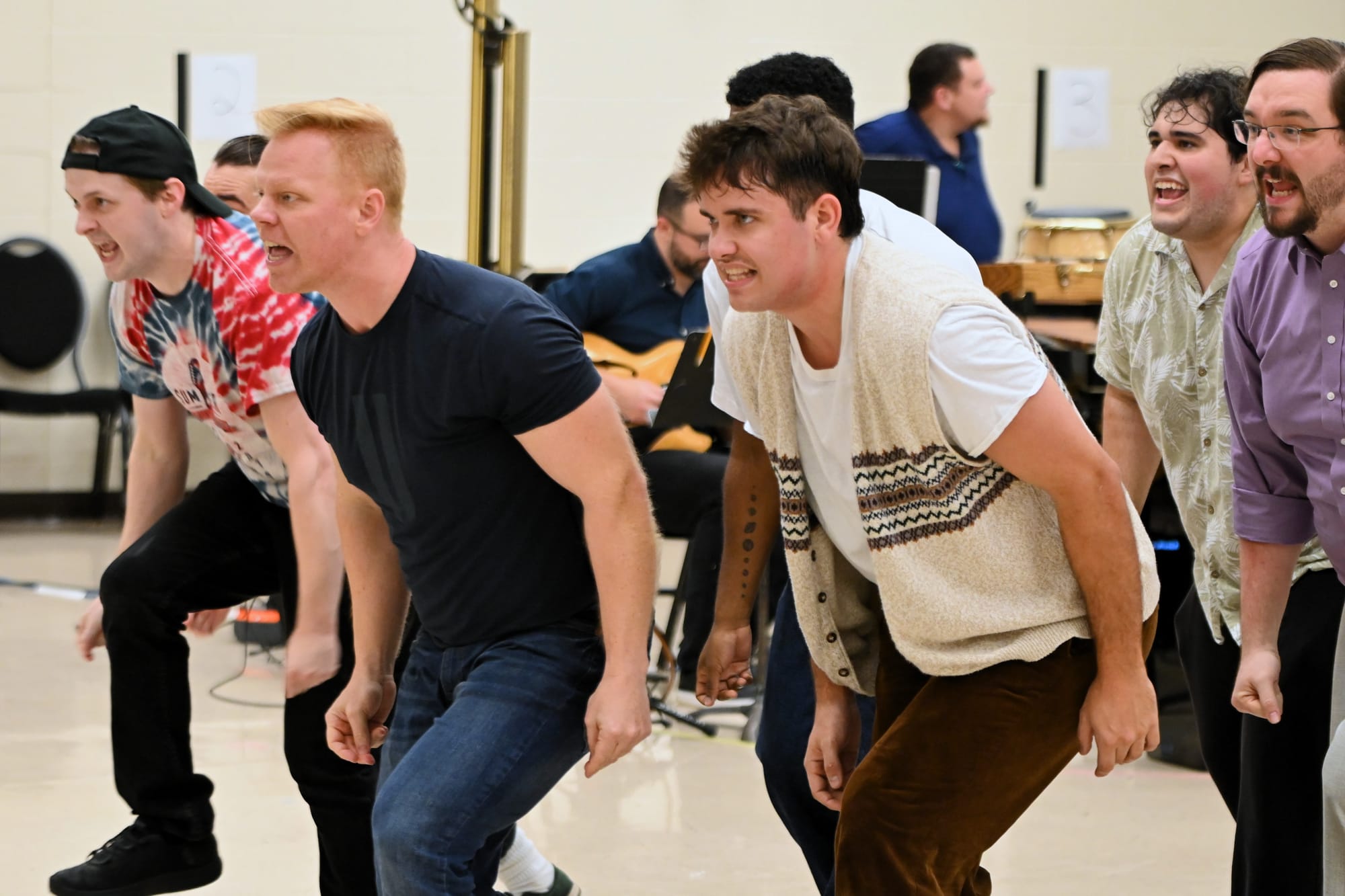
Opera companies have filled this breach, especially in the last 20 years or so. Many now present a classic musical every year, motivated by both commercial and artistic considerations. On the commercial side, there’s a large audience for “golden age” musicals, one that both overlaps with and expands upon the core opera audience.
On the artistic side? I increasingly think of the “golden age” Broadway musical as a historical style, no less time-bound than bel canto or verismo. These shows are 70 years old now, or more, and they come with performance habits, orchestral colors, and stage pictures that no longer arise naturally from today’s commercial pipeline. Opera companies, by contrast, live in that historical space. They are used to revivifying older practices and reimagining the sound and look of earlier eras, and they have the institutional knowledge to do it.
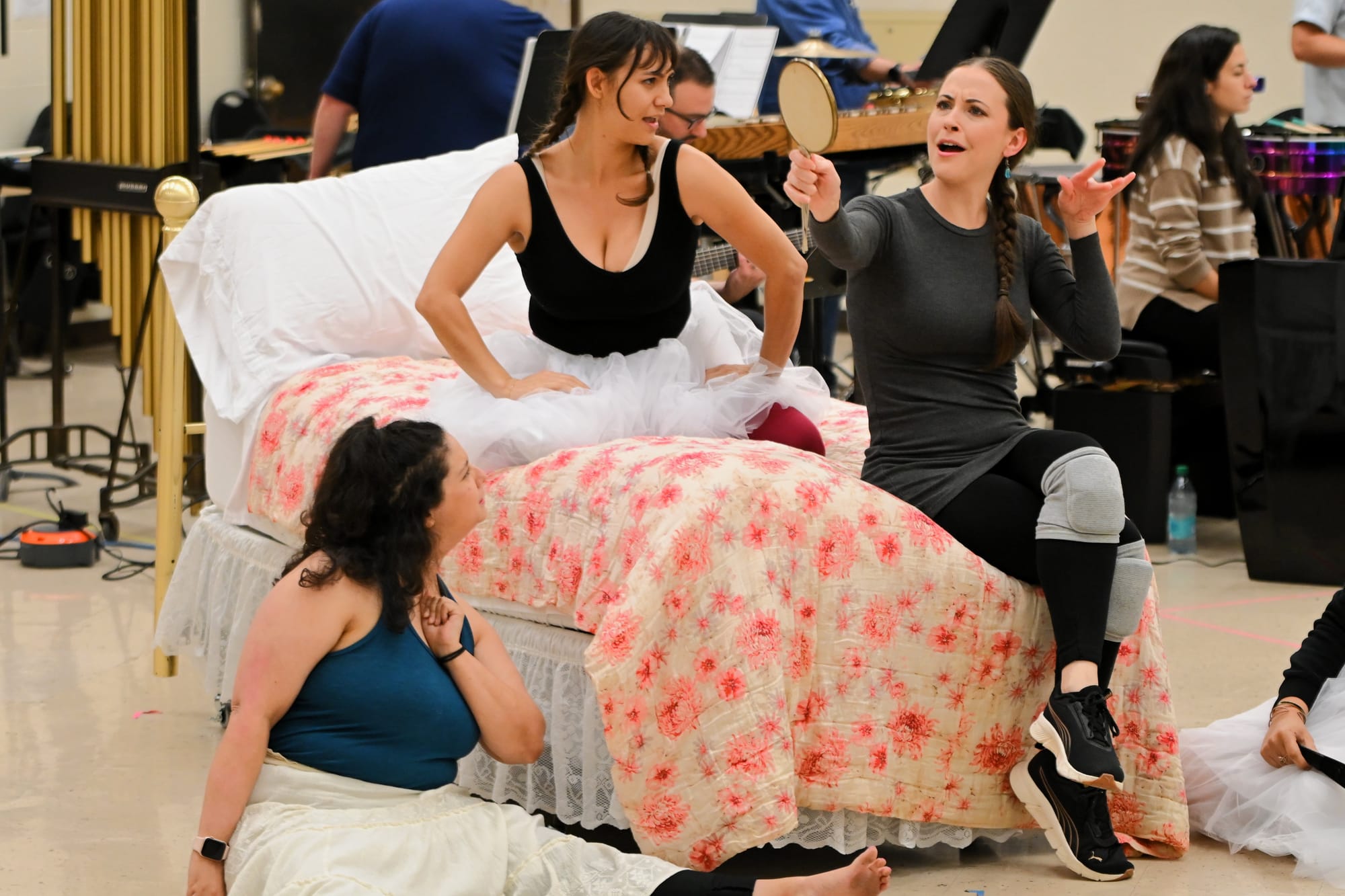
The fit was evident on Monday, when I sat in on the WGO cast and orchestra’s first full run-through together. The familiar songs — “Tonight,” “Somewhere,” “America,” “I Feel Pretty” — had their expected impacts, but what struck me more on this listening was how fully Bernstein’s music embodies and expresses the drama. Like many of the best operas, “West Side Story” links musical motifs to the story’s characters and emotional currents. Unsettling or cynical-sounding augmented fourths in “Maria” and “Cool” contrast with yearning minor sevenths in “Somewhere” and “I Have a Love.” Dance music that in earlier musicals (and operas) is often repetitive filler here develops the musical materials in symphonic style.
“It’s kind of an amalgam of many different styles,” said stage director JJ Hudson. “It’s a very diverse score musically; it’s a very diverse score in terms of dance. Its strength is to bring all these things together.”
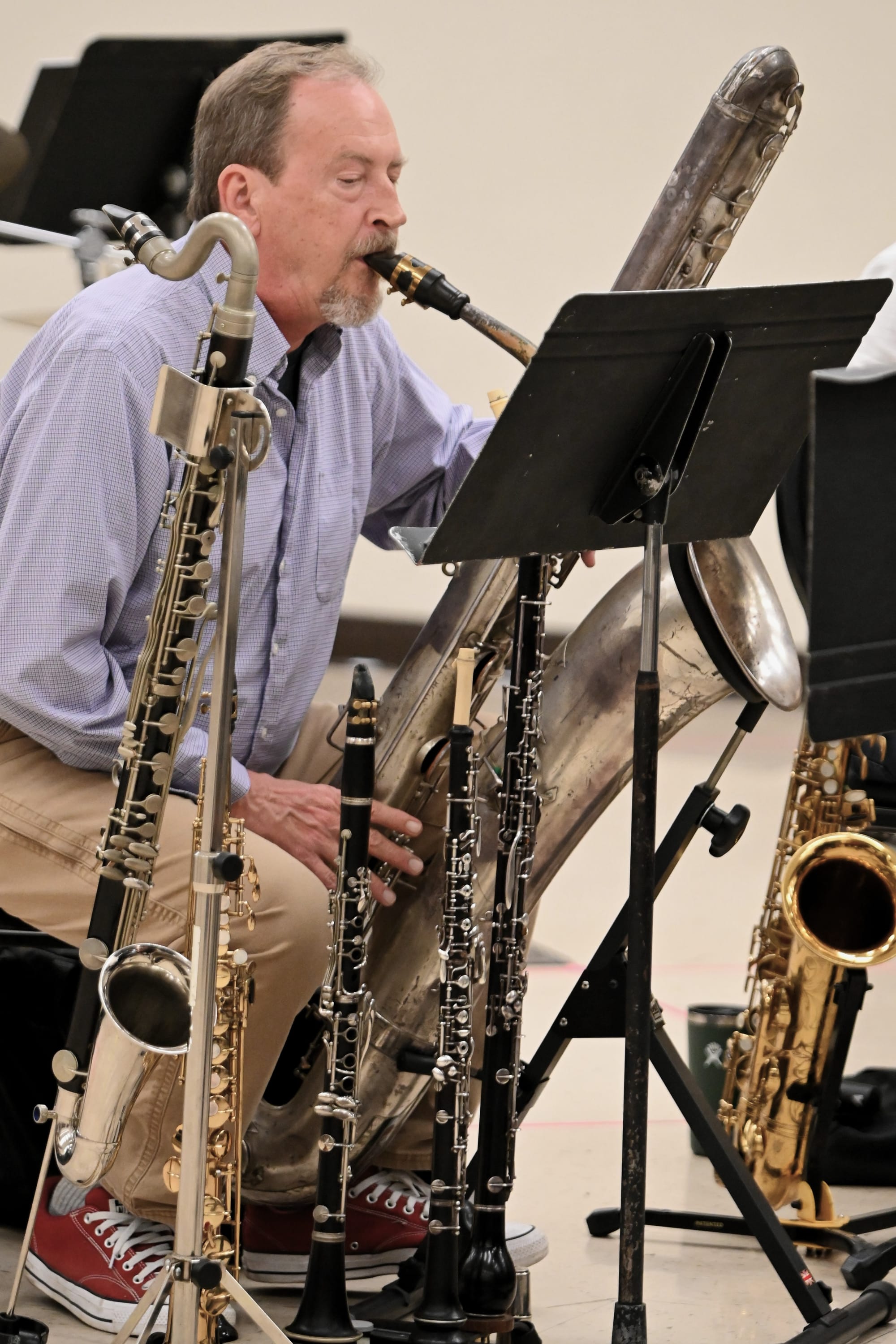
In the WGO production, the orchestra is visible on stage, with conductor William Lumpkin at stage left. Elevated platforms provide playing space behind the orchestra and on a walkway that splits the percussion and rhythm section from the rest of the players.
Bernstein calls for a large percussion ensemble, as well as extensive doubling in the woodwinds, creating a sonic palette that encompasses Latin music, big band jazz and bebop, classical strings, and sounds such as sirens and gunshots.
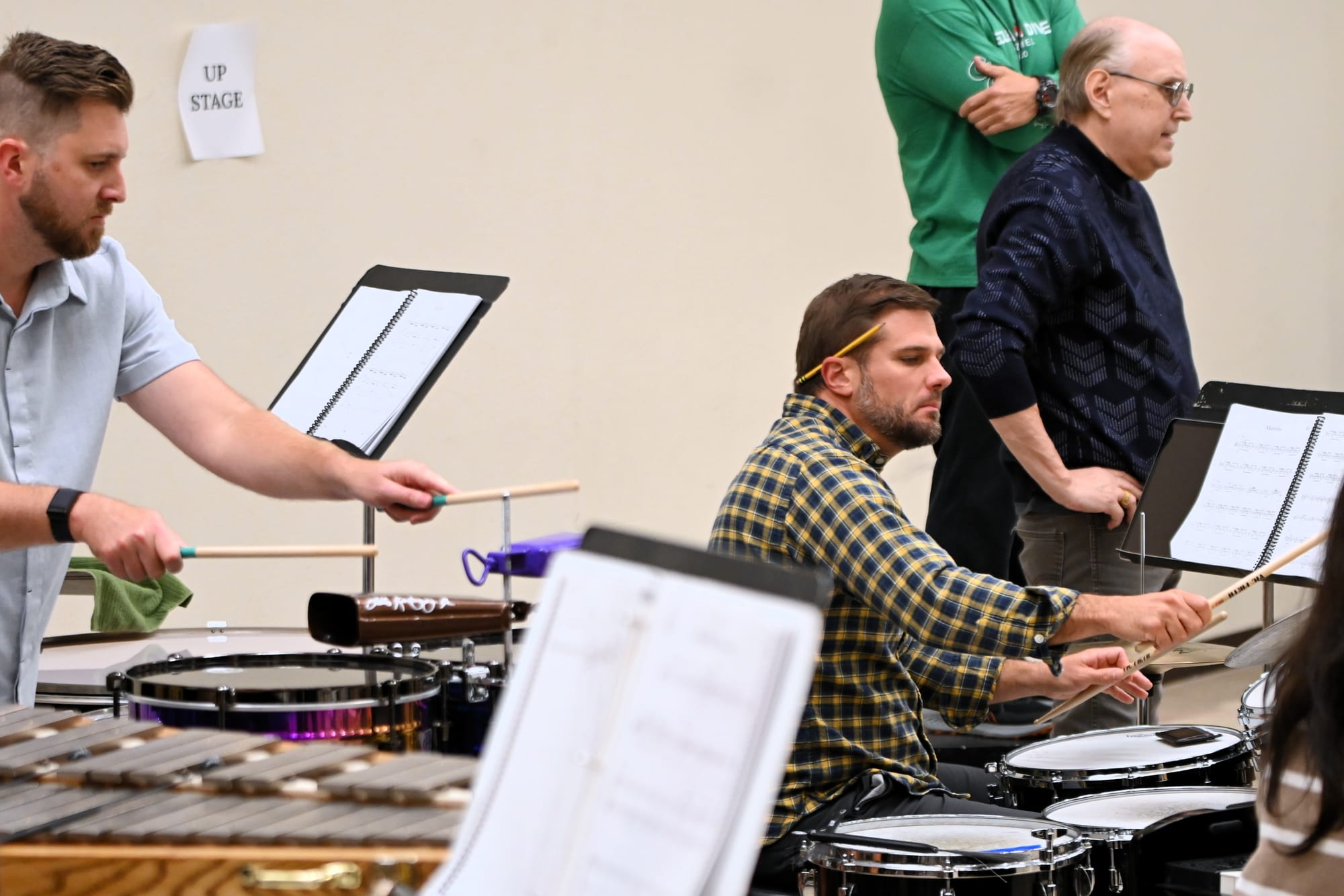
“The vernacular idioms come especially when you’re dealing with the teenage gangs. The more operatic and lush moments come for the lovers,” Hudson said. “There’s a deeper passion that’s represented in the more ‘classical’ music or classical ballet dancing.”
As for the dancing: Jerome Robbins’ original choreography for “West Side Story” was integral to its storytelling, and just as influential, in its way, as Bernstein’s score. From what I saw Monday, dance is fully present in this production, and the cast is energetic and committed to delivering it. The choreographers are Hudson’s frequent collaborators, Emily and Raymond Ulibarri.
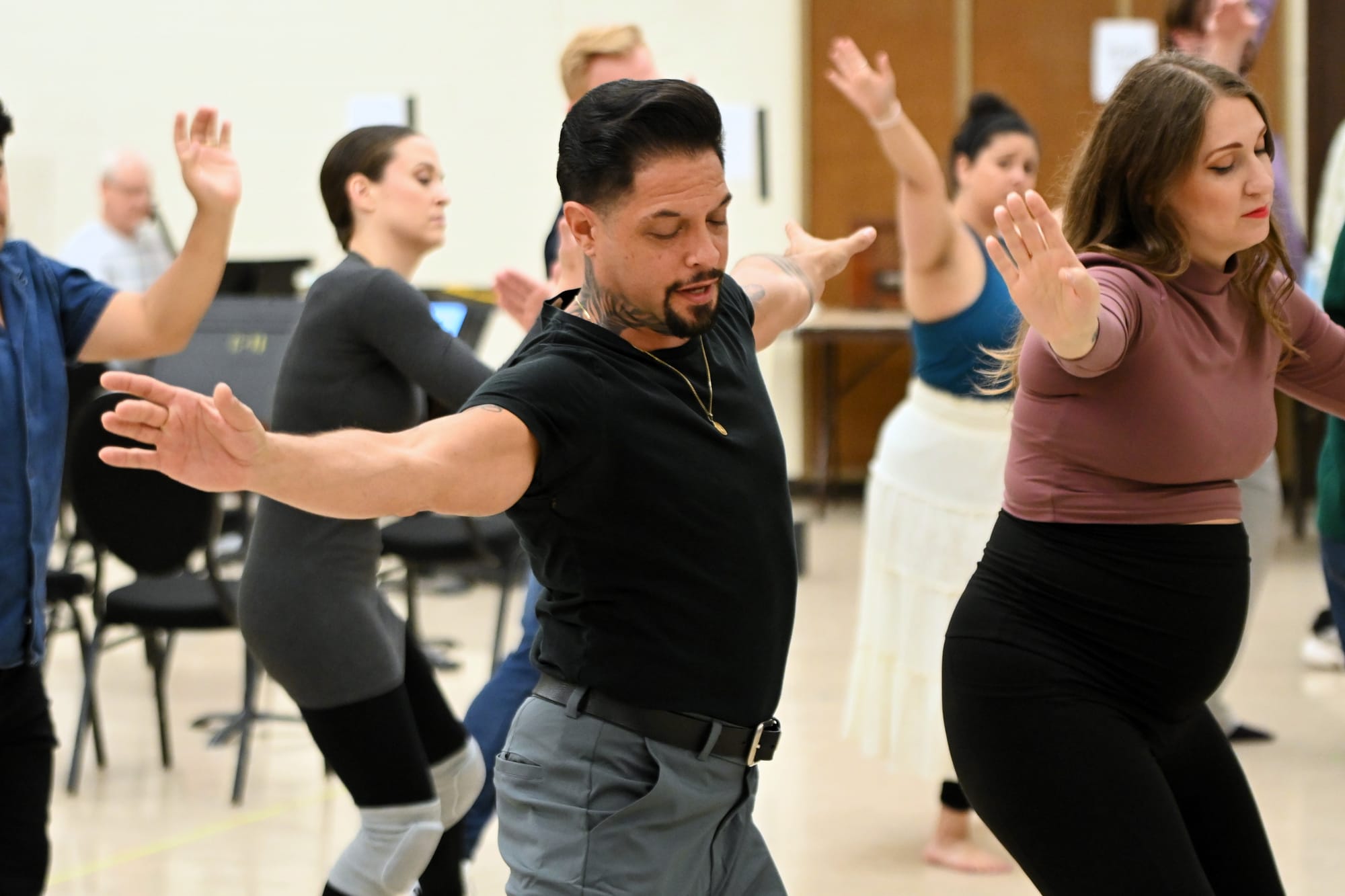
“They work exceptionally, beautifully, with not only trained dancers, but with people who have a variety of dance skills,” Hudson said. “This team is exactly what is needed to make people rise to the occasion, to make them feel comfortable about movement, and to let them have fun. For me as a director, working with people from a variety of backgrounds – with spoken theater, musical theater, and opera backgrounds – it’s been a joy. A work like this demands it, as a matter of fact.”
The Details
Wichita Grand Opera presents “West Side Story”
7 p.m. Saturday, November 1, and 3 p.m. Sunday, November 2 at Century II Concert Hall, Wichita
Tickets are $41-$93. Use the code WGOfriend for a 25% discount.
Sam Jack is a poet, a classical tenor, and the adult services librarian at Newton Public Library. He performs with several local groups, including Wichita Chamber Chorale, Wichita Grand Opera, and Opera Kansas. He received a Master of Fine Arts in creative writing from the University of Montana.
❋ Derby man has the kind of voice that turns heads — and chairs
❋ Socializing while sober: how some Wichitans are cultivating alcohol-free communities
❋ As a small creative business closes, the owner mourns
❋ Painting through it: Autumn Noire on 20 years of making art
❋ How a guy from Wichita resurrected 'Dawn of the Dead'
❋ Bygone Friends University museum housed curious collections
Support Kansas arts writing
The SHOUT is a Wichita-based independent newsroom focused on artists living and working in Kansas. We're partly supported by the generosity of our readers, and every dollar we receive goes directly into the pocket of a contributing writer, editor, or photographer. Click here to support our work with a tax-deductible donation.

